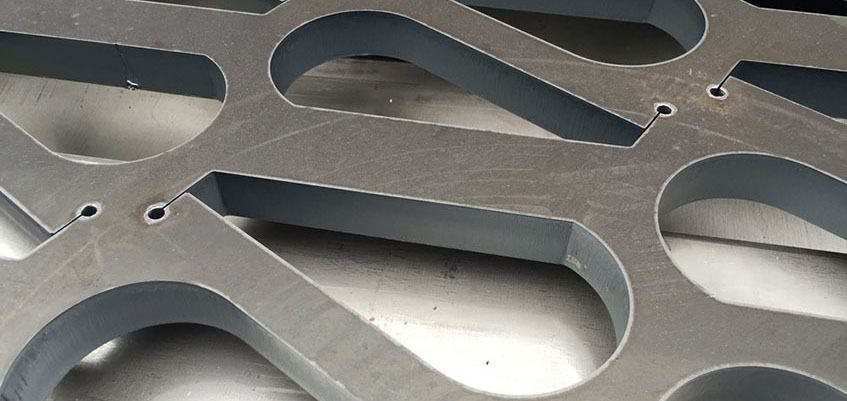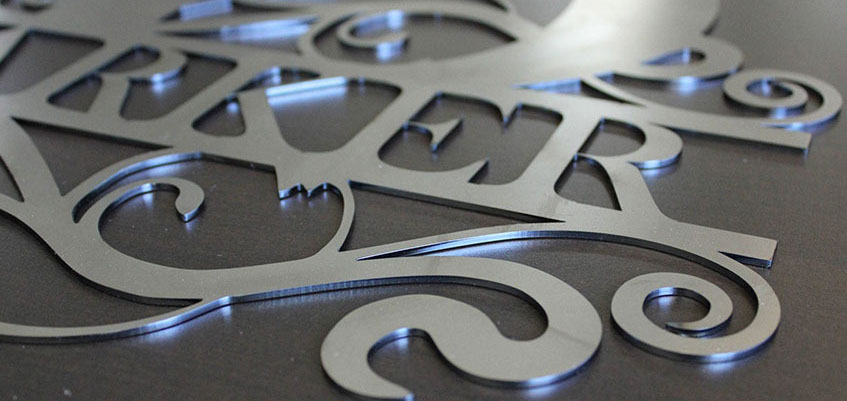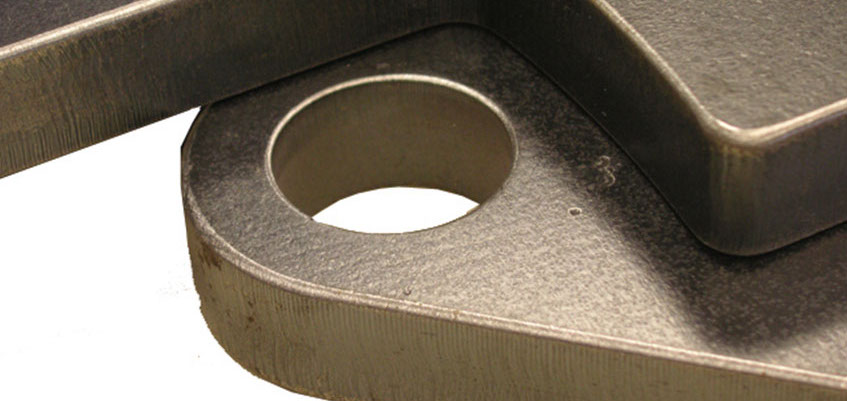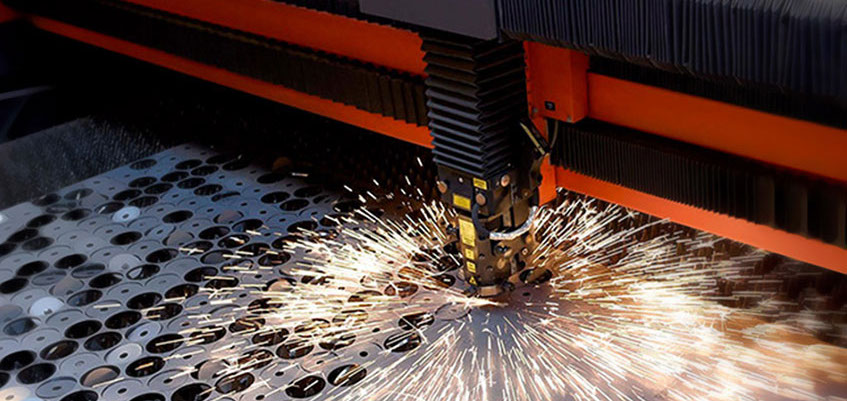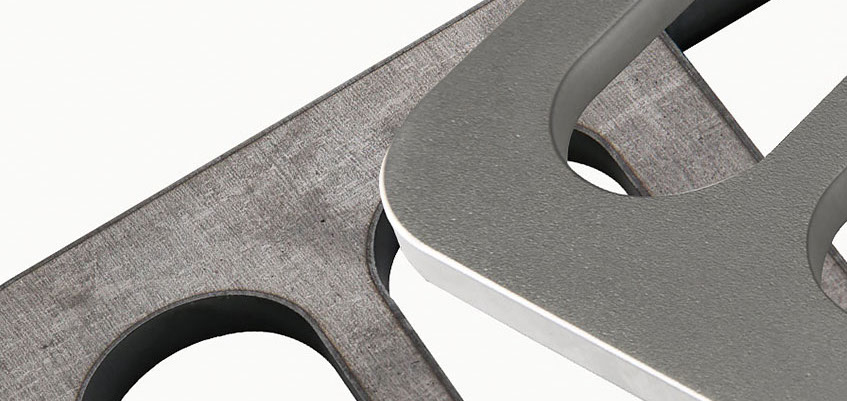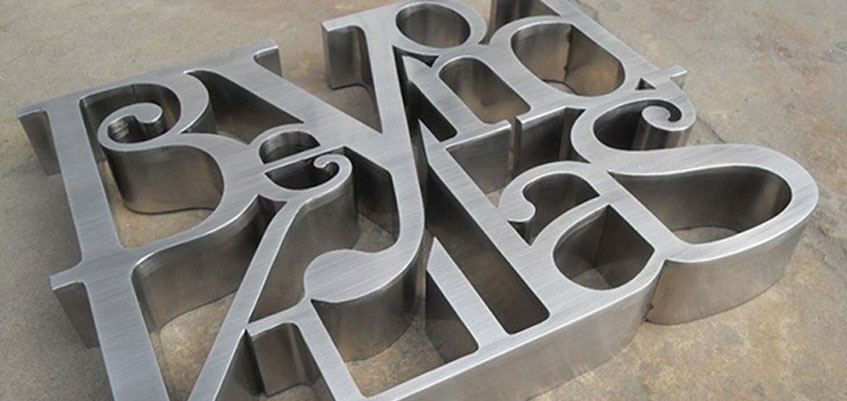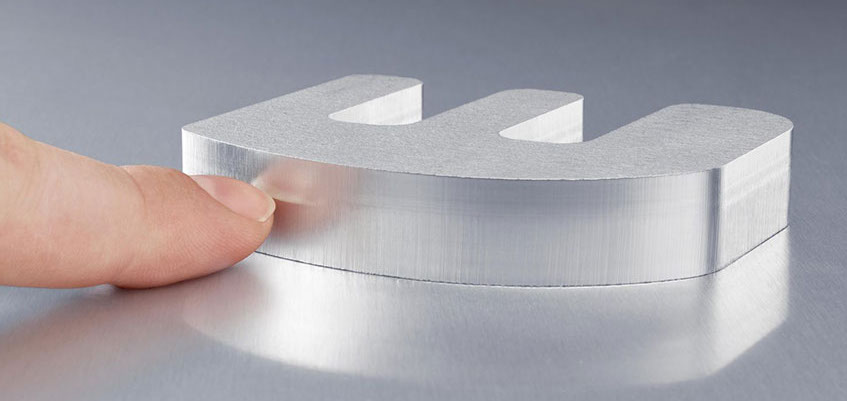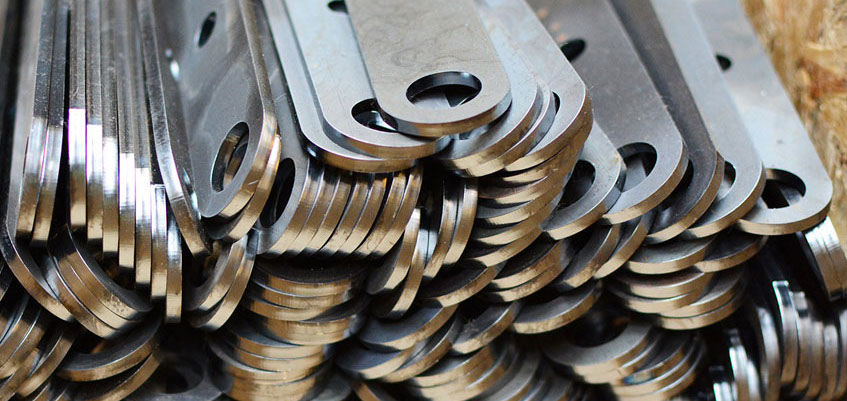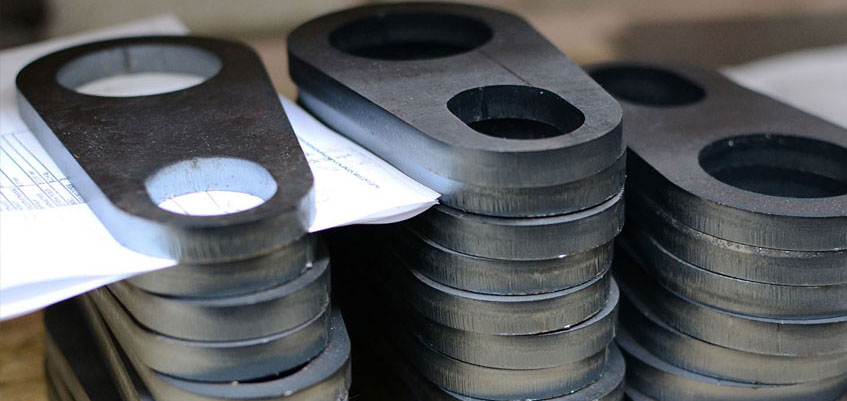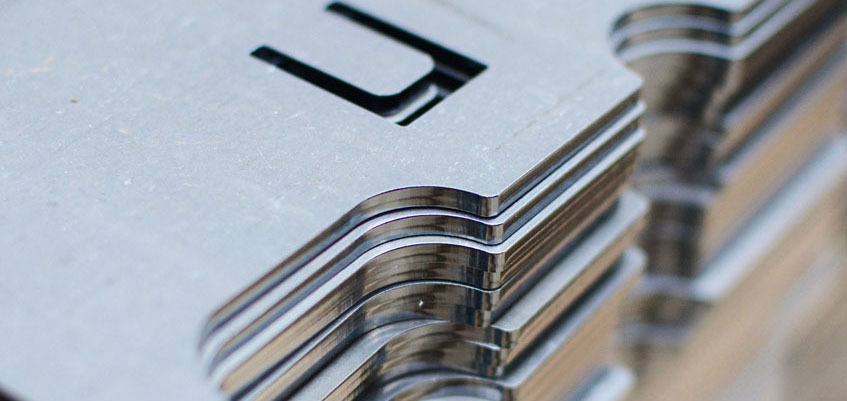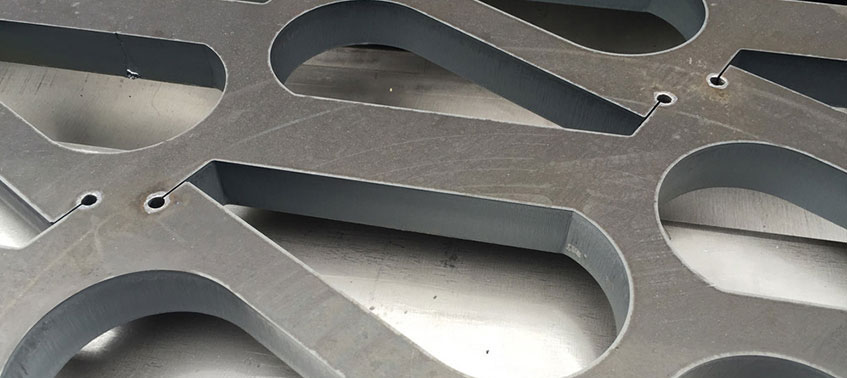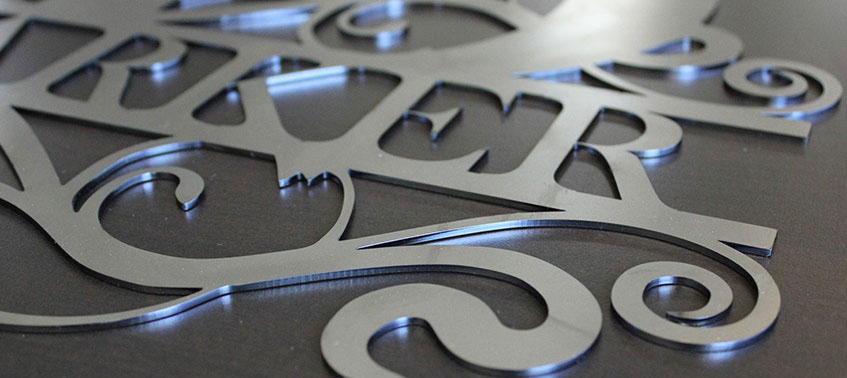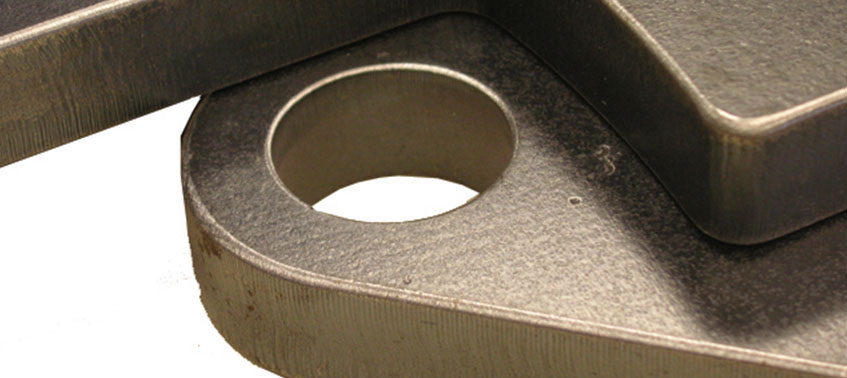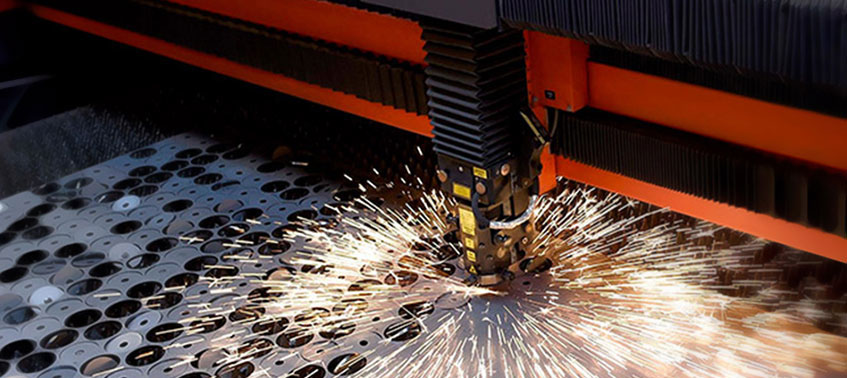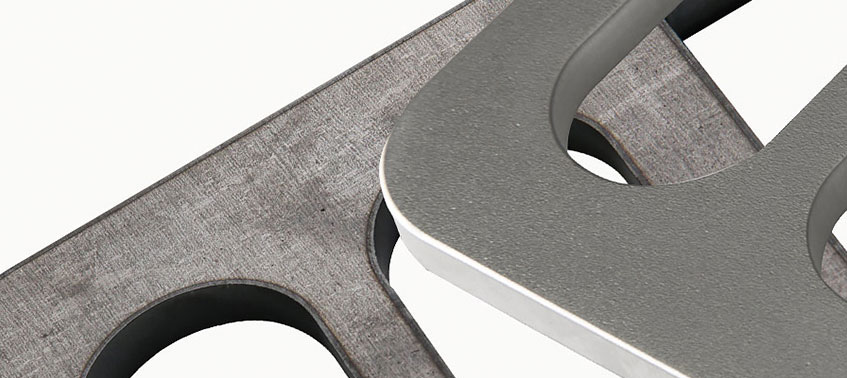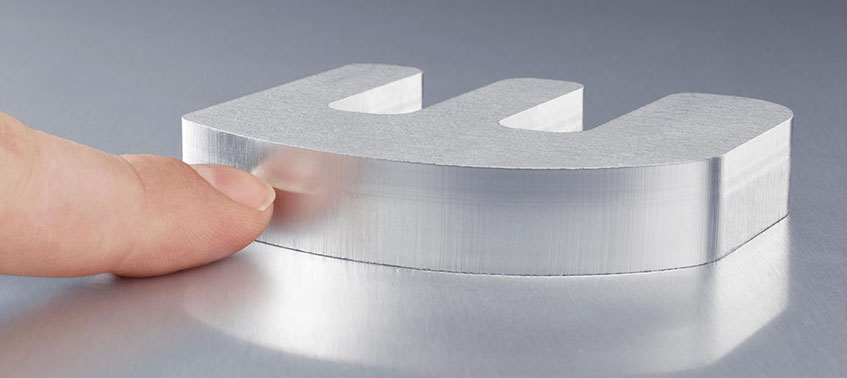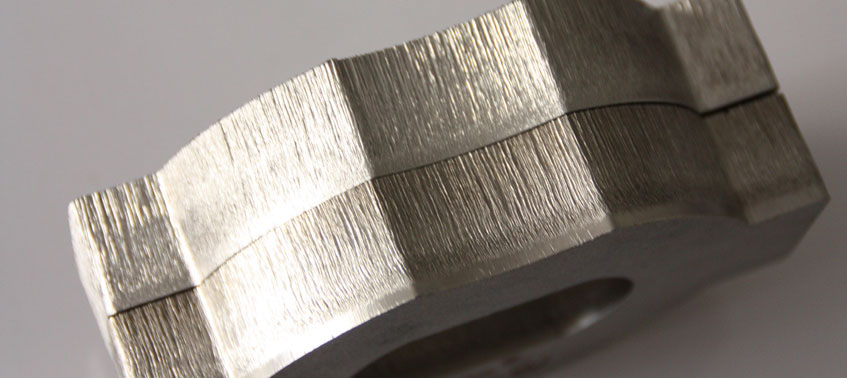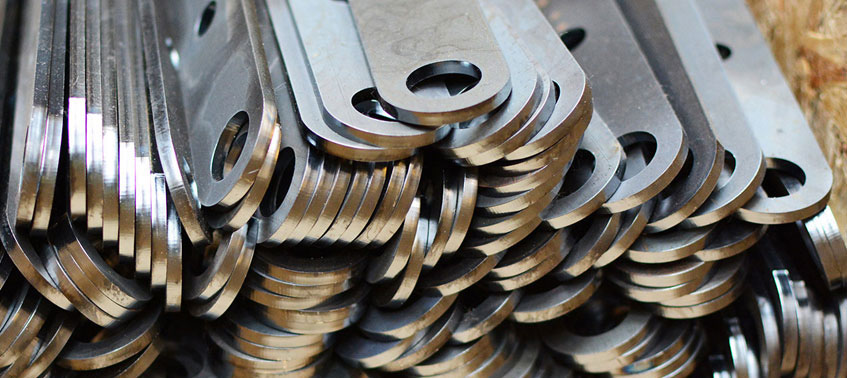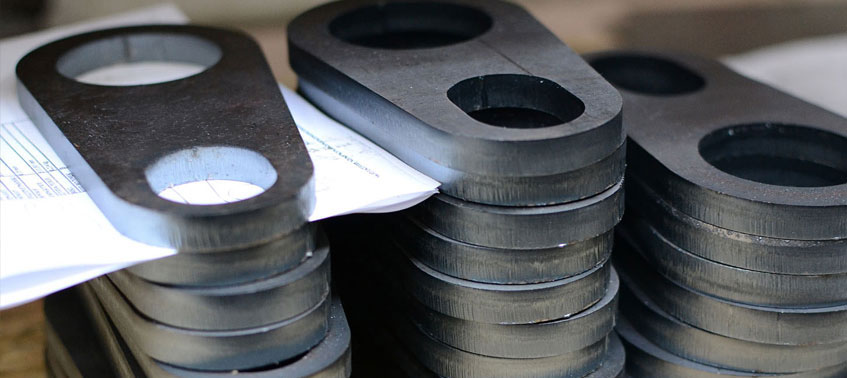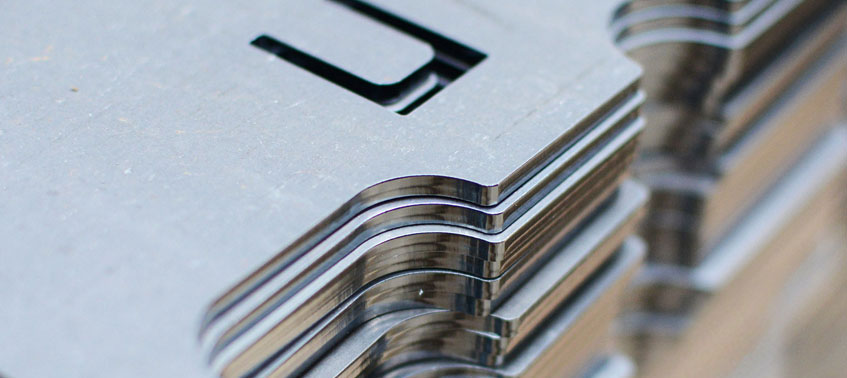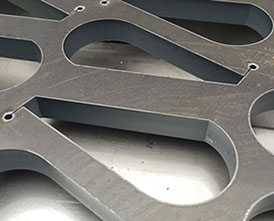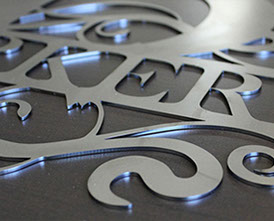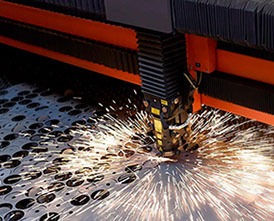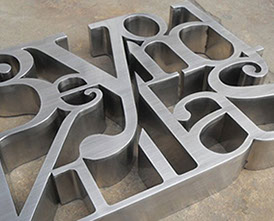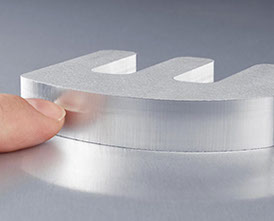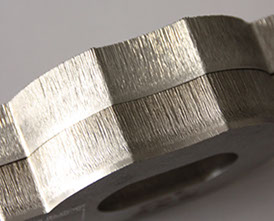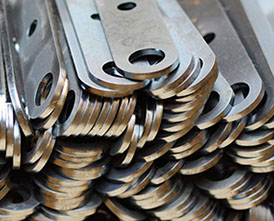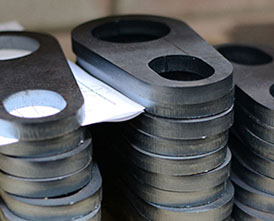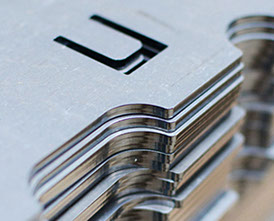Sheet Metal Laser Cutting
Capacity to slice steel, stainless steel and non-ferrous materials (aluminum and brass).











2
Quality is the cornerstone of our business, and providing the best possible finished goods with minimal or no distortion, and high fidelity to the design intent, keeps our customers coming back – confident that we can deliver, on time and at a quality that meets or exceeds their expectations.
Laser cutting is one of the ways we keep ahead of the curve. As demand for stricter tolerances and a better finish rises, a laser is the tool of choice, providing a number of benefits to our customers.
If it is metal, we can cut it to almost any size or shape — from delicate sheets of brass to middle thick carbon-steel. No matter the scale, we’ve got the machines and staff of experienced operators to meet nearly any specification.
"Investment in new technologies like computerized Laser Cutting are one of the ways we provide the best possible service and quality to our customers. They quite literally keep us at the cutting edge."
Using high-speed, flying optic laser cutting configurations, our advanced machinery comes equipped with a stationary table and a laser cutting head that allows us to slice through a variety of materials. Our machines are also equipped with the latest technology, 4400-watt maximum power output and a 2X4-meter maximum bed capacity.
With the ability to cut through a variety of metals from ferrous to non-ferrous metal sheets, we can manage most materials, with a capacity to slice steel up to 20mm thick, stainless steel up to 12 mm thick, aluminum up to 10 mm, and brass up to 3 mm thick. We guarantee superior precision services with precision tolerance accuracy rating that can operate in a wide range of applications from cutting to sheet metal fabrication.
The bed of our machine can take sheets up to 3M long by 1.5M wide. The more parts we can get on a sheet the fewer times the laser machine has to stop while a sheet is being changed and so the more cutting time per hour we can achieve. The sheets of material are laid on an automatic table changer unit that allows a sheet of metal to be laser cut while another is being prepared for cutting or a previous sheet is having finished parts removed from the bed.
As there are no tools on the laser only cutting head or nozzle that is changed between different materials and gauge, it allows a very quick set up time between different jobs. A sheet can be placed on the table changer, nozzle swapped over if needed and program loaded in just minutes. This enables us to remove test parts to check some sizes are correct to drawing before running the batch of parts.
The machine setter has the ability to fine tune the laser to offset any errors and produce the correct sheet metal component size.
Laser cutting sheet metal work with a Bystronic cutting machine
Here is a list of the gases we can use and the most common materials that are laser cut.
Mild Steel and
Up to 20mm thick = oxygen
Galvanized coated mild steel
Up to 10mm thick = nitrogen
Stainless steel alloys
Up to 5mm thick = oxygen or nitrogen
Up to 12mm thick = nitrogen
Aluminum
Up to 10.0mm thick = nitrogen
Brass
Up to 3.0mm thick = nitrogen
Other Advantages of Laser Cutting
Laser cutting technology offers a distinct number of critical tooling and design advantages. From an engineer’s perspective, laser cutting is a dream because it improves an organization’s capability to take an idea and turn it into a finished part, without tooling. First, laser cutting’s non-contact cutting process greatly reduces tool wear. Operators can make part design modifications with improved ease and speed due to the elimination of tooling rework. Also, laser cutting eliminates very time-consuming setup changes. Laser cutting technology also enhances an engineer’s ability to design extremely complex parts that are too difficult to make with conventional tools. Customers can enjoy fast prototyping, since laser cutting requires little or no hard tooling.
Laser cutting creates tremendous efficiencies for the overall manufacturing process. Precision laser cutting technology increases per part savings due to lower fixture costs, higher feed rates, and multi-axis capabilities. Moreover, custom laser cutting improves job processing since multiple jobs can be combined and cut in a single batch. Additionally, laser cutting technology’s very narrow kerf (cut) width improves yields due to the efficiency of part layouts. Lastly, laser cut parts reduce order lead times since laser cut components usually require no edge cleaning, making them ready for immediate shipment.
In short, laser cutting with leads to a more efficient utilization of materials, translating to cost savings for your company. The speed and efficiency of laser cutting permit manufacturers the ability to react quickly to market pressures, produce small quantities faster to maintain strong business relations with key customers.
